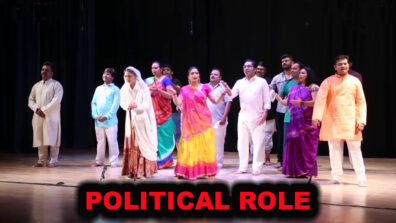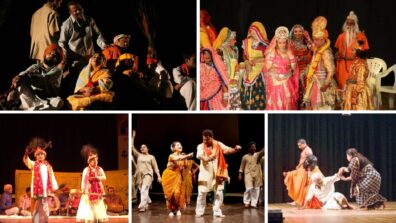Natyashastra
The Political Role of Theatre in India
According to Natyasastra, which is India's earliest and most significant surviving manual of dramaturgy, the theatre was created purposefully for education. In the beginning, there was no learning, art or craft, device or actions involved in drama. But the spectators even in ancient times used to be affected a lot with believes, opinions and behaviour after watching plays at the theatres that existed during those days. Between the 15th and 18th centuries, theatre evolves as a means used by poets- saints to spread Bhakti movement of various religion prevailing in India to the common p | Click Here...
Creating Modern Drama with Natyashastra
In his Masterpiece, the author has clearly stated that the theatrical experiments and the related ideas should be included in the Shastra. Natyashastra is organic and living classical text which is not based on fixed ideas and instruction. Natya Shastra has relevance more for practitioners than for academicians. Natyashastra calls for constant experimentations in the principle of dramatics. Koodiyattam which is quite close to the ancient Indian drama form in many aspects is even practiced today which means that ancient dramas form is still alive. Prahasana Prasan | Click Here...
Everything that makes Indian Theatre more special
Theatre as a creative art form has existed much before the establishment of the Indian film industry. It is believed that it was Alexander the Great’s conquest of India that gave way to the establishment of the Sanskrit theatre. Though it was briefly discouraged and forbidden in the 10th and 11th centuries, the Indian theatre industry has been extensively influenced by the major cultures of the world that found their way here. The Indian theatre culture, that is believed to have emerged in the 4th century B.C., is over 5,000 years old. Since then, the purpose of the drama has varie | Click Here...



